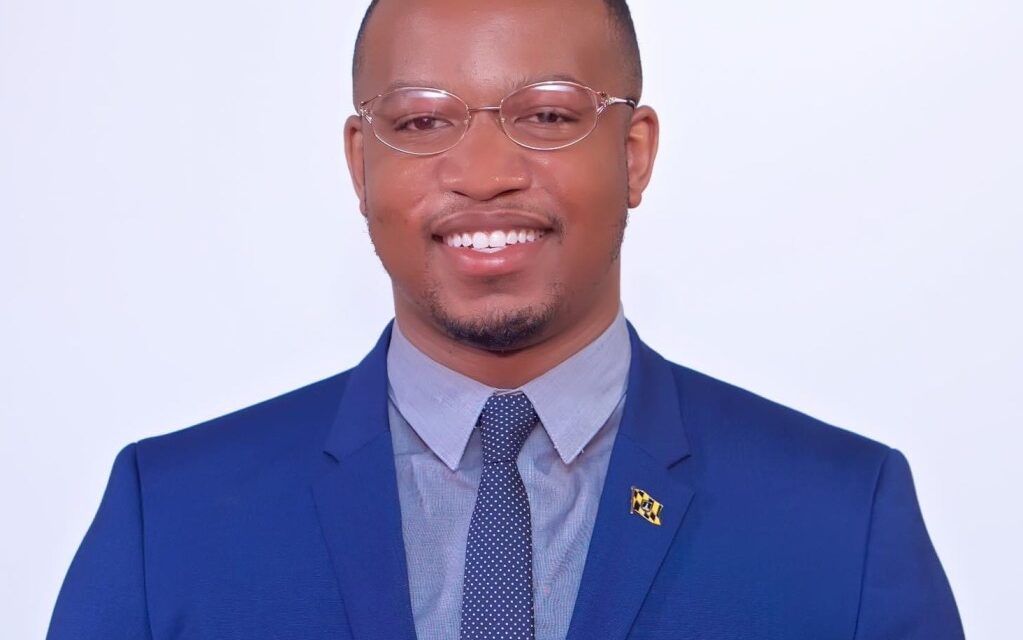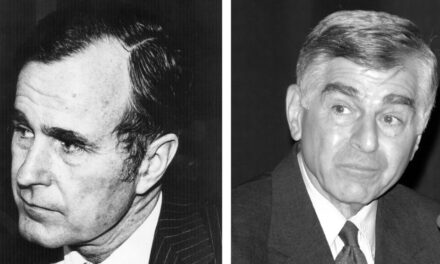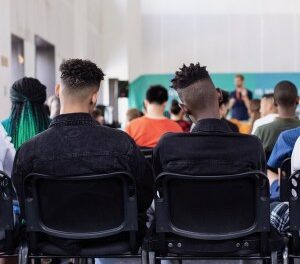By Derrell Frazier
In the pursuit of a fair and just legal system, Maryland stands at a crossroads, facing the imperative to reassess its approach to treating young people who come into conflict with the law.

As a state, we should not be moving in a direction where we push kids further into the deep end of youth criminalization. Instead, we should be looking for way to provide community-based alternatives to detention and probation.
Let us remember that Maryland’s juvenile justice system was established with the stated intention of rehabilitating kids– not locking them in a cycle of detention and incarceration– which is precisely what the Maryland state legislature bills SB744/HB814 would do should they be signed into law.
In SB744/HB814, legislators have proposed extending how long children can stay on probation, expanding the number of youth eligible for detention, and expanding the number of 10 to 12-year-olds who can be arrested and detained, effectively undercutting reforms made in 2022. Should the proposals submitted in SB744/HB814 become law, the cumulative effect will be more kids, especially Black and Brown kids, arrested and detained – not safer communities. To get serious about safer communities, we need fewer pathways into the system and more investments in the resources children need to avoid system involvement altogether.
Growing up as a young Black child in East Baltimore, my journey through adolescence was uniquely shaped by the challenges of navigating a tumultuous environment. Raised by my grandmother alongside eight other grandchildren, our household faced the daily struggle of making ends meet and ensuring everyone’s well-being. The sheer weight of these responsibilities made it a formidable task for my grandmother to provide the individual attention and support each of us needed. Instead of systems of support for young people that would have made it easier growing up, my neighborhood was flooded with law enforcement harassment.
As a young Black child, I was constantly stopped and questioned while simply walking to the store to get items for our household. I would be told not to hang outside on the front steps of our home with friends because they felt like we were doing something illegal. Neither my education nor accomplishments mattered to the police because– to them– I was just like every other Black boy whom they saw as a problem child. Not far away, in the South Patterson Park neighborhood, where the socioeconomic makeup is starkly different, young people didn’t face the same police confrontation.
The lack of available community resources needed to alleviate poverty and violence had a direct impact on my own experience with the legal system. My dad was incarcerated, and my mom was criminalized for having a mental illness. I had my first engagement with the juvenile justice system as a young person due to a non-violent misdemeanor. Engaging in activities with my friends like normal kids do, my peers, and I were labeled “thugs.” Unlike our counterparts in a more affluent community, we didn’t get a slap on the wrist or have access to opportunities to make up for our mistakes with age-appropriate accountability and community reconciliation. Eventually, I gained access to a mentoring program called the U.S. Dream Academy, which taught me how to be a youth leader, organizer and advocate.
Through organizing and advocacy, I understood that I didn’t have to become a product of my environment or the product of the juvenile justice system. With more mentoring, counseling, leadership development, arts and other enrichment programs available in abundance, I could have avoided system involvement altogether.
As Marylanders, if we truly want to get serious about creating community safety, we need more investments in resources to help children develop into positive, successful adults, not more ways to lock them up and label them as criminals. As a policy and research fellow at the Juvenile Justice and Reform lab at Drexel University and the senior manager of memberships and partnerships at REFORM Alliance, I’ve come to understand that increasing probation terms, expanding detention and involving more young children in the juvenile justice system only increases the chances that young people will become locked in a cycle of system involvement and exacerbate community feelings of vulnerability.
What works for youth success and community safety is age-appropriate accountability with rehabilitation when young people make mistakes, along with addressing the underlying factors that contribute to the young person’s behavior. Community-based programs, mentoring, and support services help prevent system involvement and support assisting children to reintegrate into society successfully.
Maryland can lead the way in redefining juvenile justice by rejecting more criminalization and embracing more community investments. My own experience and research show that what works for safer communities is addressing economic stability, family support and mental health and creating pathways to youth leadership development, self-expression and agency. It is time to prioritize the future of our children, recognizing that they deserve an opportunity for rehabilitation and growth rather than becoming casualties of an outdated and punitive approach to justice.











